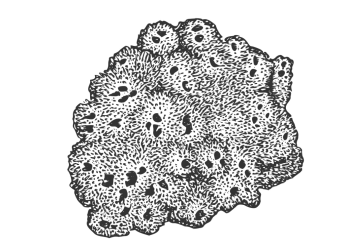The main theme of Unit 10 was learning about the body and how it functions. Homeostasis is what keeps the body in balance and it uses different organ systems. An essential understanding were the Circulatory, Respiratory, Endocrine, Nervous, and Digestive system. The Circulatory system which includes the brain is the one that passes signals to the peripheral nervous system.
The nutrients are the fats and all what the body needs to function and have energy. The nutrients itself start to digest in the mouth and then goes to the stomach and ends in the small intestine. Two types of digestive system, mechanical and chemical. Mechanical is in the mouth and stomach and chemical is in the stomach and the small intestine.
The endocrine system made up of organs that release hormones, a way for your body to communicate with each other. So the endocrine system communicate with the nervous system. A hormone is a chemical messenger that ravels through blood from one organ to another in order to start a production of a protein.
How is the make up of each organ system different chemically? I wonder how long it
took for all of these organs and organ systems to develop through evolution? I am interested in knowing if we will evolve to eliminate or create new organs.
My posts got a lot better, from skimming the basics to using pictures and explaining them. I got more comfortable with the form of writing conclusions. I accomplished 40 blog posts which is something that I am proud of. I have my own website to look back on my biology class in my own perspective. I am most proud of my Unit 9 Reflection because it has the most forms of media and is really interesting. I also liked by Bird Beak Lab Conclusion because it was very clear and written well. It uses graphs and a guide to different shaped beaks which I found very helpful.



